Induction hobs are the modern way to cook, making meal prep faster and more efficient. With their sleek design and quick heating capabilities, you'll enjoy cooking like never before. Plus, they’re easy to clean, so you can spend less time scrubbing and more time enjoying your delicious creations.
Induction Hobs
Experience precision cooking and energy efficiency with our range of advanced induction hobs
Product List
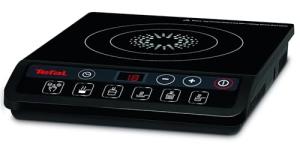
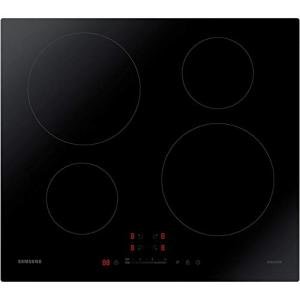

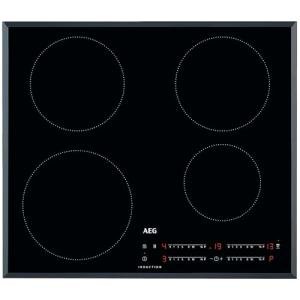
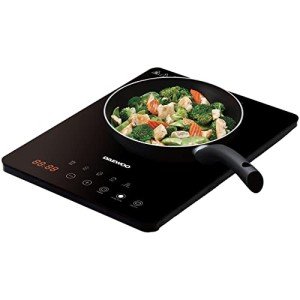
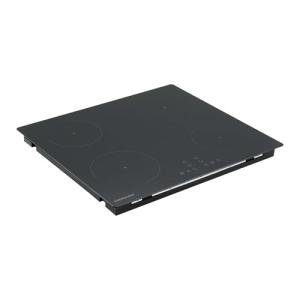
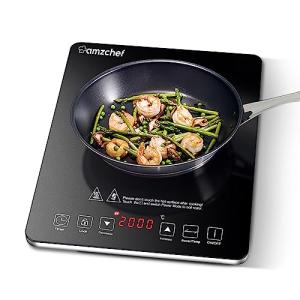
Ultra-Thin Induction Cooker
Amzchef
Product Review Score
4.7 out of 5 stars
123 reviews$94.51 $64.13
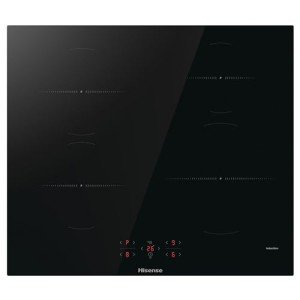
Hisense 60cm Induction Hob
Hisense
Product Review Score
4.69 out of 5 stars
138 reviews$336.24 $268.72
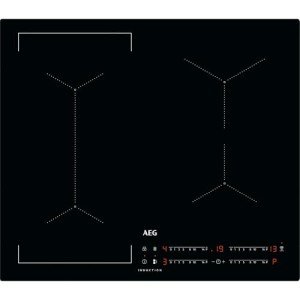
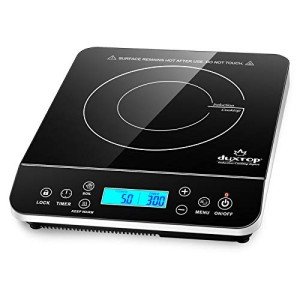

90CM 5-Zone Induction Cooktop
Singlehomie
Product Review Score
4.17 out of 5 stars
122 reviews$351.08 $298.39
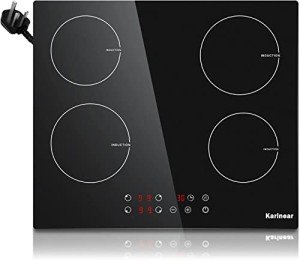
Karinear 60cm Induction Hob
Karinear
Product Review Score
4.72 out of 5 stars
21 reviews$243.05 $189.02
In recent years, kitchens have seen a technological transformation, and one of the most notable innovations is the induction hob. Unlike traditional gas or electric cooktops, induction hobs use advanced electromagnetic technology to heat cookware directly, offering faster, safer, and more energy-efficient cooking. As consumers increasingly look for modern, efficient, and sustainable kitchen solutions, induction hobs are becoming the centerpiece of contemporary cooking spaces.
This blog explores the technology behind induction hobs, their benefits, considerations before purchasing, comparisons with other cooking methods, and some frequently asked questions to help readers make an informed decision.
How Do Induction Hobs Work?
Induction hobs use an electromagnetic field to generate heat. Instead of heating the cooking surface, the hob interacts directly with the base of compatible cookware. This means the heat is produced inside the pan, rather than on the hob itself, leading to faster heating and improved energy efficiency.
The essential requirement here is that cookware must be made from ferromagnetic materials (such as cast iron or stainless steel with magnetic bases). Non-magnetic cookware, like copper, aluminum, or glass, will not work unless they have a magnetic layer at the bottom.
Advantages of Induction Hobs
Induction hobs are gaining popularity for a number of reasons. Below are some of their key advantages:
1. Energy Efficiency
Induction cooking is highly energy-efficient because very little heat is wasted. Up to 90% of the energy generated is transferred directly to the pan, compared to around 70% for electric and 40–50% for gas.
2. Heat Speed and Precision
Induction hobs heat up much faster than traditional methods. A pan of water can boil nearly twice as quickly on induction compared to gas. Temperature adjustments are also more precise, giving chefs better control.
3. Safety
Since the hob surface doesn’t get hot directly (only the pan gets heated), induction hobs reduce the risk of burns. They also turn off automatically once the pan is removed.
4. Easy Cleaning
Because the surface remains cool, food spills are less likely to burn onto the hob. A simple wipe is usually enough to keep it clean.
5. Sleek and Modern Aesthetic
Flat glass surfaces provide a streamlined, modern look that blends seamlessly with contemporary kitchen designs.
Considerations Before Buying an Induction Hob
While induction hobs have clear benefits, there are some important considerations buyers should keep in mind:
- Cookware Compatibility: Only pots and pans with ferromagnetic bases will work. This may require investing in new cookware.
- Initial Cost: Induction hobs can be more expensive than traditional gas or electric cooktops.
- Noise: Some hobs produce a slight humming or buzzing sound, especially at higher settings.
- Power Supply: They often require higher electrical power, so proper wiring and circuit compatibility should be ensured.
- Learning Curve: Some people may need time to get used to the precise and rapid heating.
Comparing Cooking Methods
The following table offers a comparison of induction, gas, and electric hobs based on different factors:
| Feature | Induction Hob | Gas Hob | Electric Hob |
|---|---|---|---|
| Heating Speed | Very fast (boils water in ~2 mins) | Moderate | Slow |
| Energy Efficiency | ~90% | ~40–50% | ~70% |
| Safety | High (hob surface stays cool) | Moderate (open flame hazard) | Moderate (hot surface remains hot) |
| Temperature Control | Precise and instant | Good precision | Less precise |
| Ease of Cleaning | Very easy (flat glass surface) | Moderate (grates and burners) | Easy but residues may burn on |
| Cost | Higher upfront | Lower upfront | Moderate upfront |
| Cookware Needs | Magnetic cookware required | Works with any cookware | Works with most cookware |
Key Features to Look for in an Induction Hob
When purchasing an induction hob, certain features can enhance the cooking experience:
- Power Boost Function – Provides extra heat for rapid boiling.
- Bridge Zones – Allows two cooking zones to be combined for larger pans.
- Touch Controls – Sleek, intuitive controls instead of knobs.
- Child Lock – Essential for households with young children.
- Timer Settings – Automatically switch off the hob at a preset time.
- Pan Detection – Ensures heat is only delivered when cookware is in place.
Frequently Asked Questions (FAQ)
1. Do induction hobs use a lot of electricity?
Induction hobs may seem powerful, but they are more energy efficient than gas or electric hobs because they transfer heat directly to the cookware. While they use high wattage during operation, cooking is faster, resulting in reduced energy consumption overall.
2. Can I use my old pots and pans on an induction hob?
Not all cookware is compatible. To test, place a magnet at the base of your pan. If it sticks firmly, the pan will work on an induction hob. Otherwise, new induction-compatible cookware may be required.
3. Are induction hobs safe for pacemakers?
There has been some concern about electromagnetic fields, but most modern pacemakers are shielded. However, individuals with pacemakers should consult their doctor before prolonged use.
4. Do induction hobs scratch easily?
The flat glass surface can scratch if heavy cookware is dragged across it. Using cookware with smooth bases and lifting pans instead of sliding them helps prevent scratches.
5. Are induction hobs noisy?
Some users report a humming or buzzing sound when cooking at high power. This is normal and results from the electromagnetic process. The noise usually decreases when cookware is properly aligned.
6. Why are induction hobs more expensive?
The technology involved in induction cooking makes it more costly to manufacture. However, the savings in energy efficiency and the convenience they provide often justify the upfront investment.
Pros and Cons Overview
For a quick summary, here’s a list of the main pros and cons of induction hobs:
Pros
- High energy efficiency
- Faster cooking times
- Enhanced safety features
- Easy to clean
- Sleek, modern appearance
Cons
- Higher initial cost
- Requires compatible cookware
- Can produce slight operational noise
- Potential need for electrical upgrades
Induction hobs represent a significant evolution in kitchen technology. Offering a combination of speed, safety, energy efficiency, and modern aesthetics, they appeal to both professional chefs and home cooks. While the upfront cost and cookware requirements may pose challenges, the long-term benefits—both practical and environmental—make them an excellent investment for modern households.
As awareness and adoption grow, induction hobs are set to become a standard in future kitchens, replacing outdated gas and electric options with a smarter, more efficient solution.